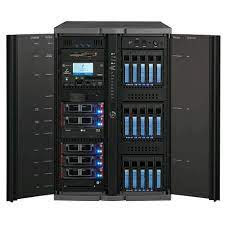Physical Forensics Lab | Best Physical Evidence In Forensic Science
Physical evidence is a type of forensic evidence that can be touched, seen, or otherwise perceived by the senses. It is often in the form of fingerprints, blood samples, hair samples, and other types of trace evidence.
Physical forensics labs are important for law enforcement agencies to collect crime scene data. They use the physical evidence to identify suspects and solve crimes. The lab technicians are experts in analyzing these pieces of physical evidence and determining which ones are relevant.
Physical evidence is an important part of forensic science. It can be anything from blood, hair, DNA, fingerprints or even a shoe print.
Physical evidence is a crucial part of criminal investigations and trials. It is used to identify suspects and provide evidence against them in court cases. Physical evidence can also be used to exonerate suspects if the evidence points to someone else being responsible for the crime.
Physical Evidence In Forensic Science
In the past, forensic scientists would use a variety of methods to gather evidence from a crime scene. These methods included:
- Fingerprints
- Blood spatter patterns
- Footprints
- Tool marks
- Gunshot residue
- DNA evidence
- Hair and fibers
Nowadays, forensic scientists can gather evidence using their smartphones. They can take pictures and videos of the crime scene, which they can then upload to their computer or phone. This allows them to connect with the police department in order to get more information on the criminal and if they need more help gathering evidence.




Comments
Post a Comment